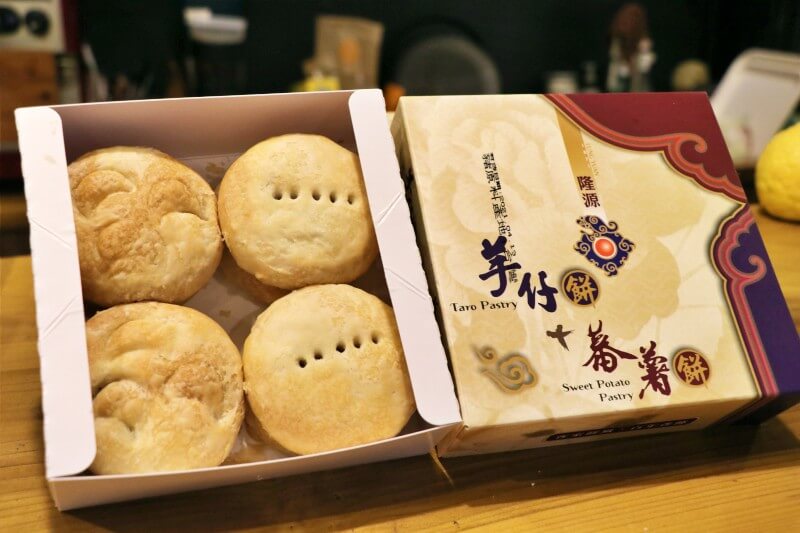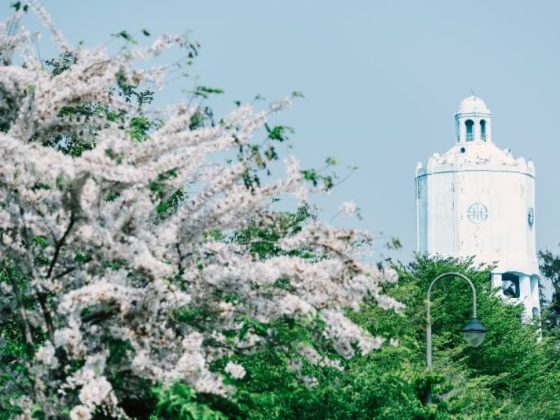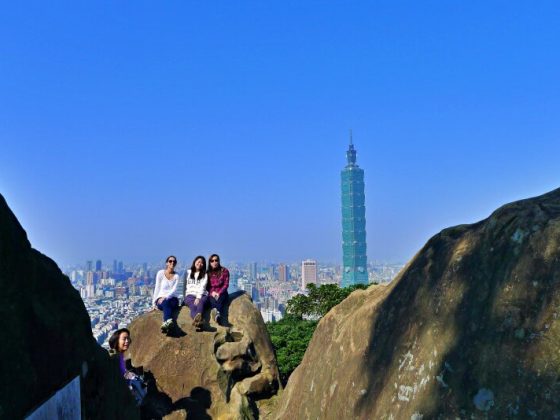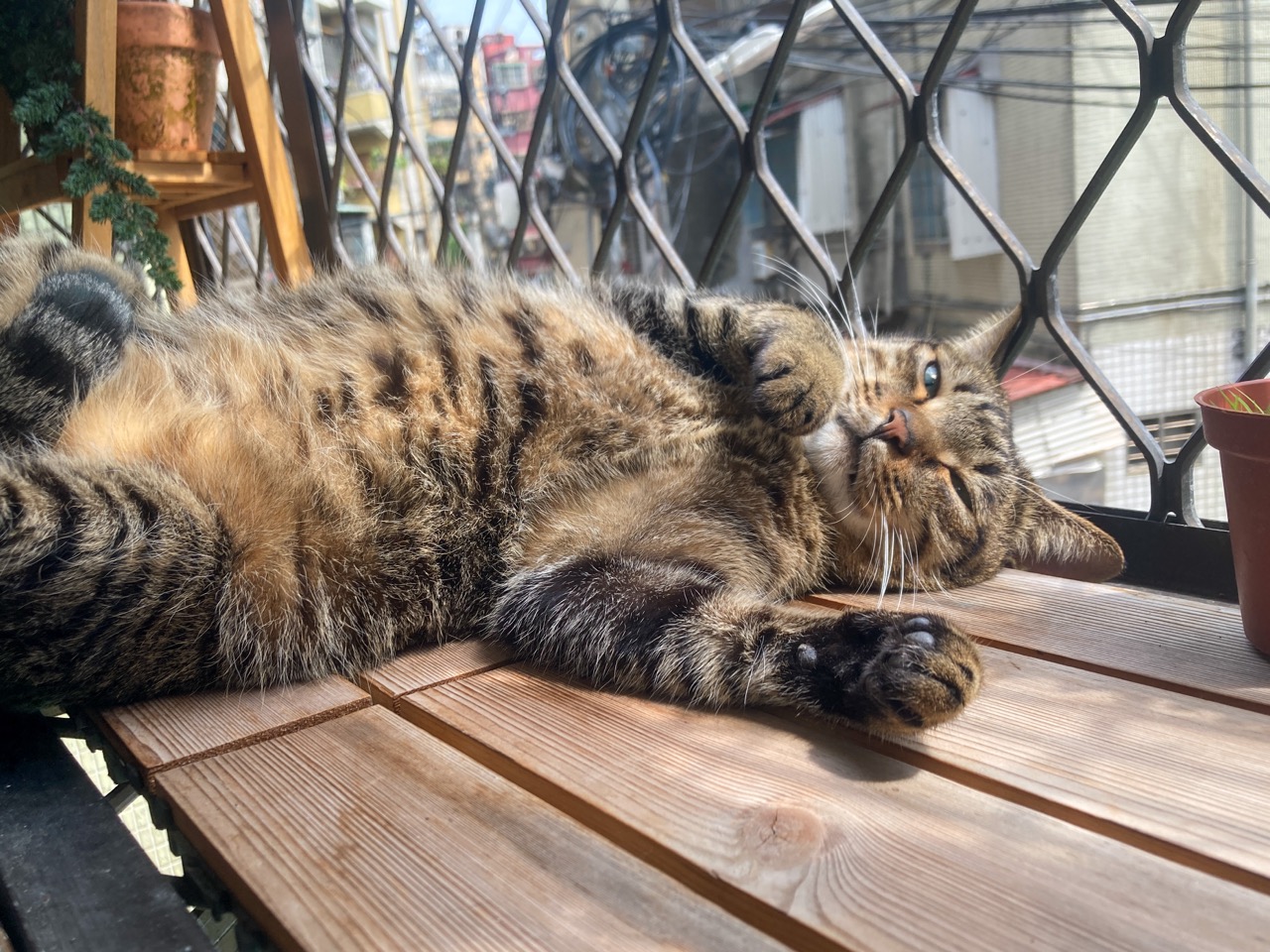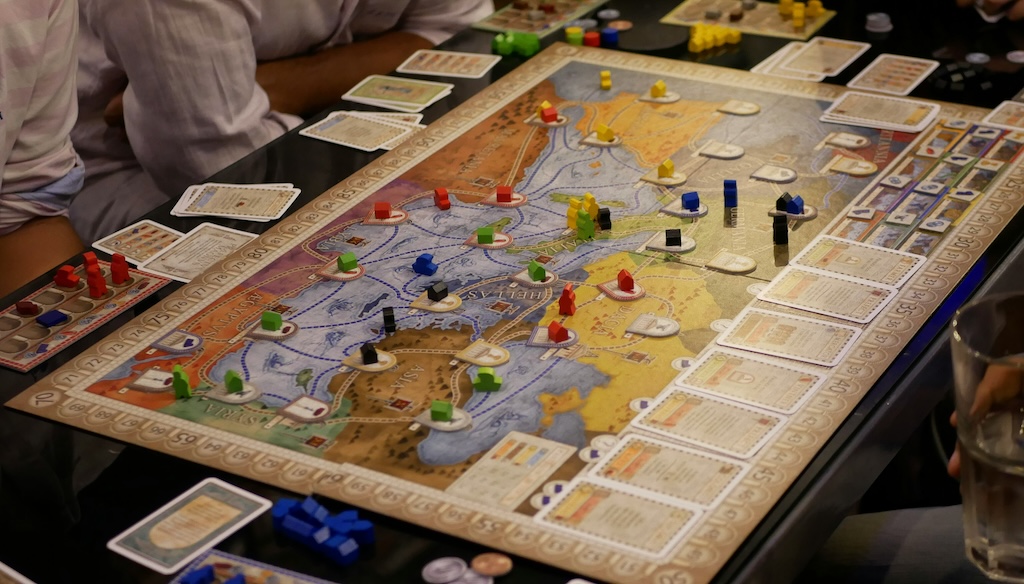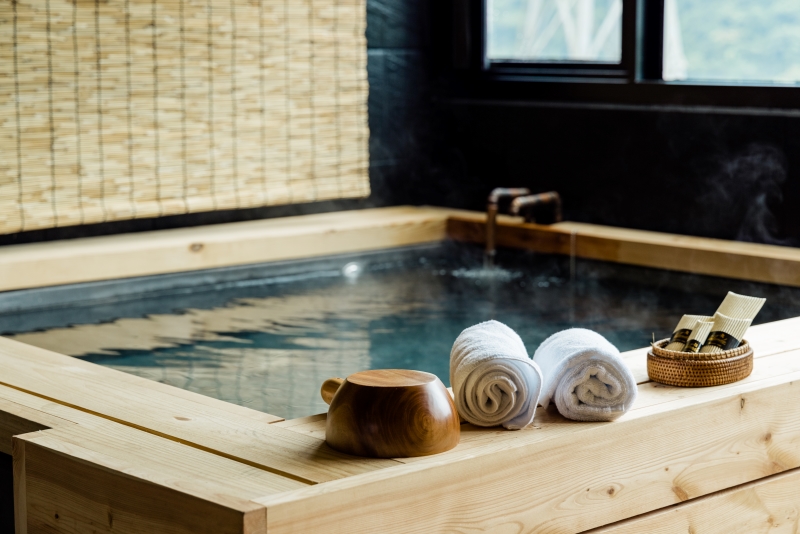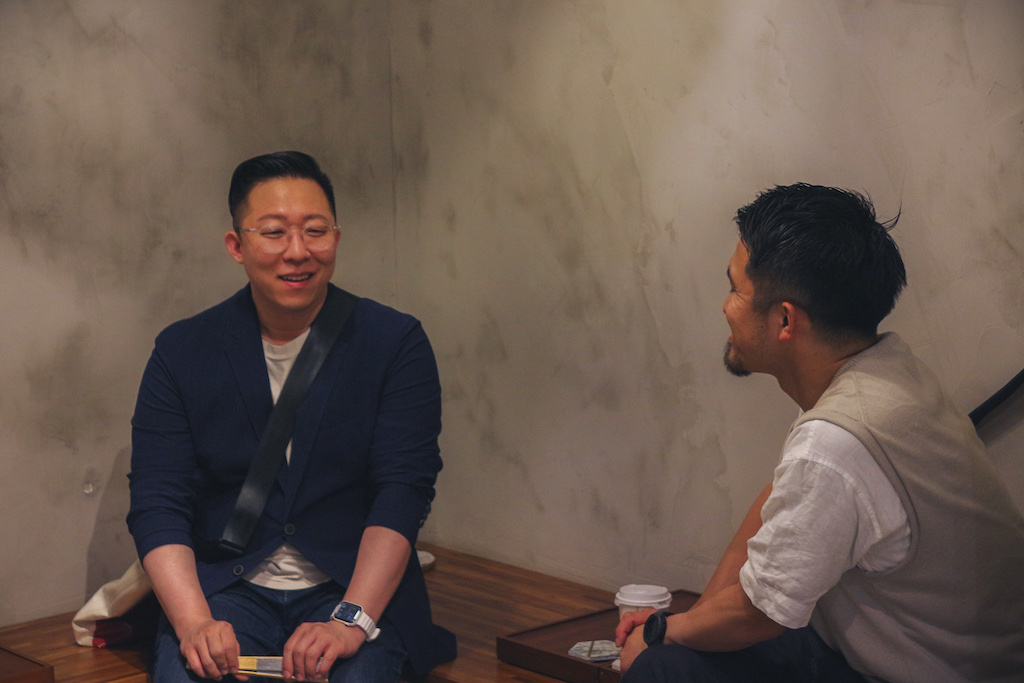Beipu, Hsinchu (新竹北埔) is one of the key Hakka settlements in northern Taiwan. On Beipu Old Street and around grade-three national heritage site “Citian Temple (慈天宮)”, there are countless sites of interest such as old houses along the way, which have survived nearly 200 years of local cultivation and development.
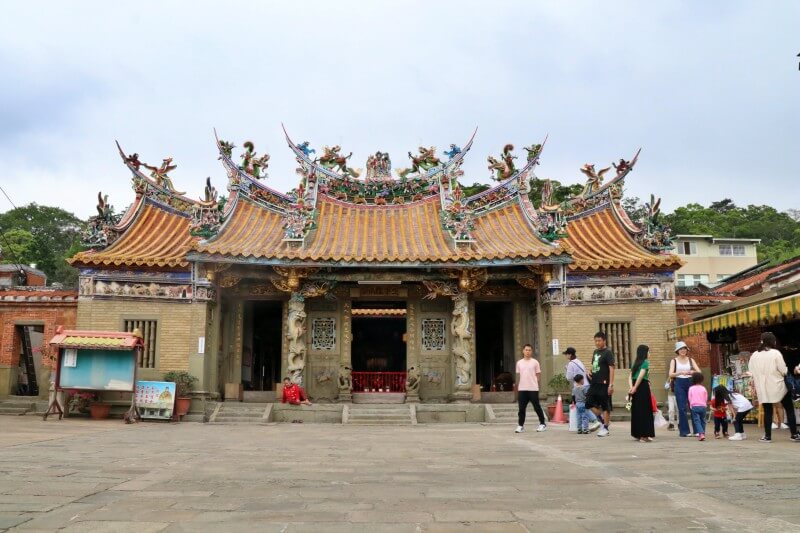
Besides visiting the historical “Jin Guang Fu Mansion (金廣福公館)”, “Chiang A-Hsin Mansion (姜阿新洋樓)”, and “Zhongshu Hall (忠恕堂)” and remembering Beipu’s past through the brick houses and roofs, travelers here can pass through the winding alleys amongst the old houses and stroll along the stone-paved roads. As they turn around a corner and run into an old well, or catch a glimpse of the vividly colorful flowers peeking out from old wooden windows, visitors further immerse themselves in local history. (Check another Hakka village: A Day at Kaohsiung’s Meinong Hakka Village)
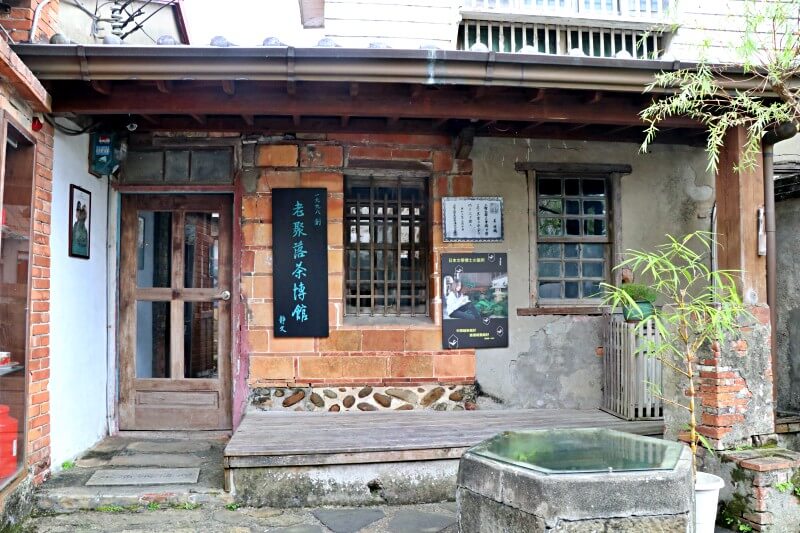
When visiting Beipu, tourists definitely do not want to miss out on the local gourmet specialties or the “Five Beipu Treasures”: lei-cha (ground tea), stone persimmon, Peng Feng Tea, Hakka rice dishes, and Hakka pastries.
Lei-Cha (擂茶)/Ground Tea
Lei-cha is one of the Hakka ethnic group’s traditional foods. As Hakka people were mostly living in relatively poorer areas in the past, they would serve this drink whenever families or friends came to visit. They would stir-fry whatever grains they had at home, add in some tea leaves, slowly grind them in a pestle, and then pour in hot water to the mix. Lei-Cha is to be enjoyed in a similar way to “mian cha (麵茶)”; the drink is filling and at the same time nutritious.
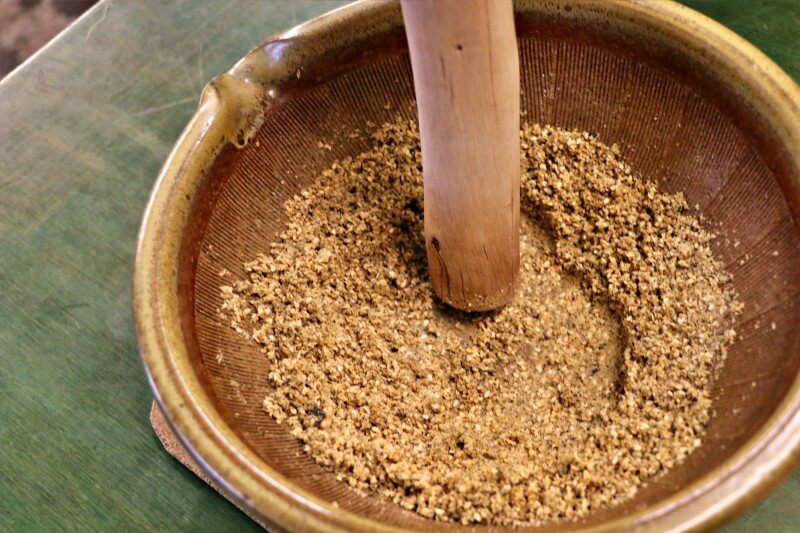
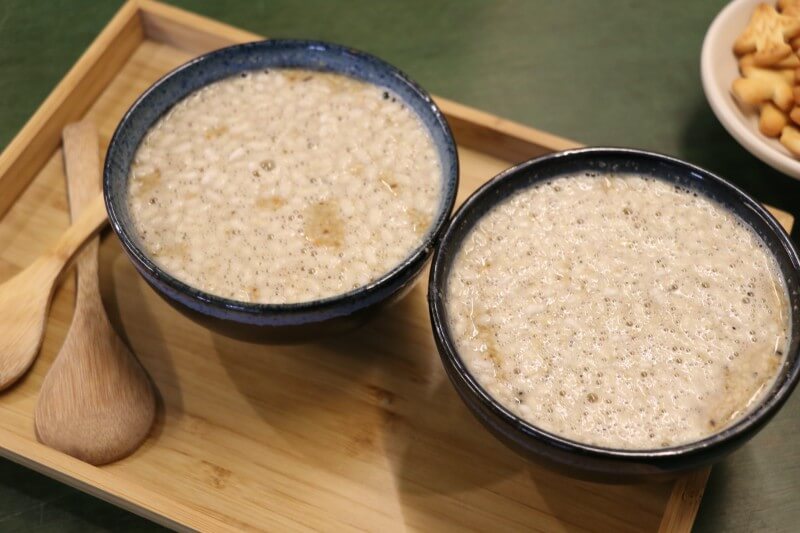
Cantonese Hakka people who had moved to Taiwan after World War II brought lei-cha to Beipu. And following the government’s promotion of local culture, Beipu successfully transformed lei-cha from its original savory flavor to a sweet treat, and it is also made into a slushy. Today, lei-cha has become one of the foods most synonymous with Hakka cuisine.
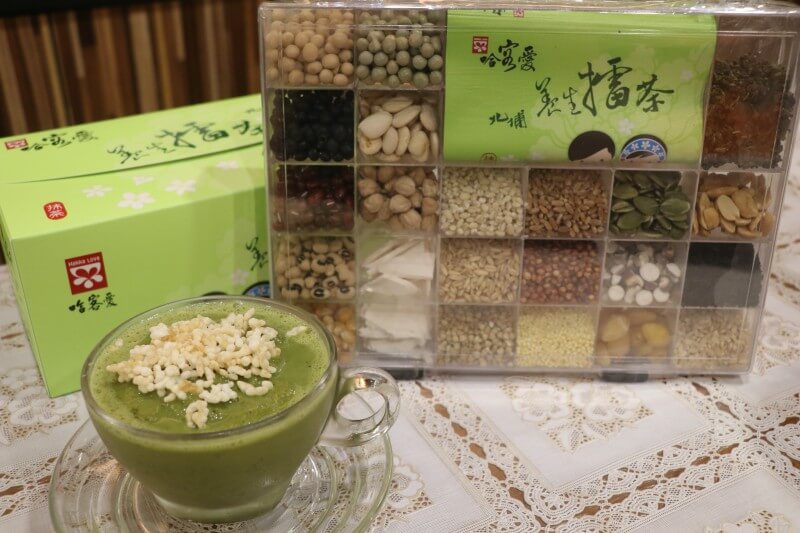
Stone Persimmon (石柿)
Each fall, when persimmons turn red, bright and golden stone persimmons are spotted in Beipu. They would be laid out next to each other as they experience “natural sauna” – allowing the warm sunshine on beautiful and refreshing autumn days and Hsinchu’s famous “September Wind” to dry out and blow away the fruit’s moisture and humidity, producing soft, tender, chewy, sumptuous and aromatic dried persimmons. (See also: HsinPu Persimmons, Golden Pearls of Wisdom)
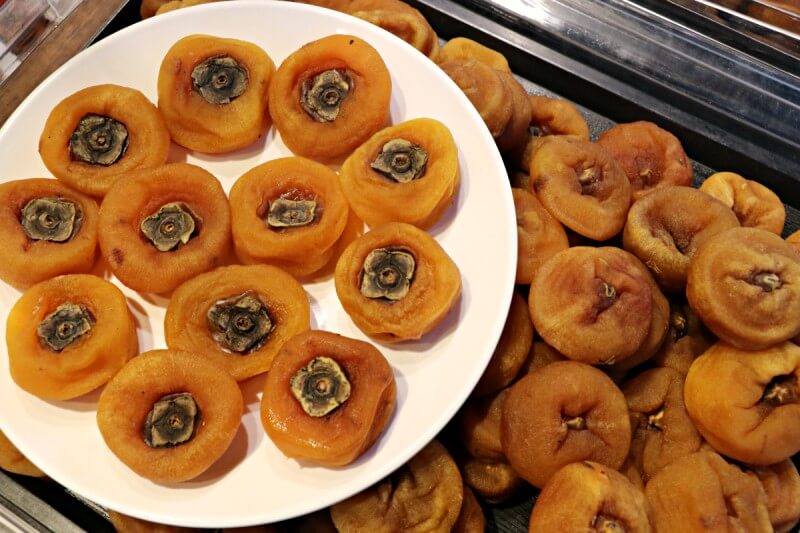
When the Chiang Family migrated to Beipu during the Qing Dynasty, they brought with them a stone persimmon tree, which helped kickstart the persimmon industry in Beipu. During the golden days, there were as many as 120 hectares of land growing persimmons. Each year, sun-drying ripe persimmons have also become the most striking sight of the fall season in Beipu.
Stone persimmons produced in Beipu are sweet with fine fruit fibers. Sun-dried persimmons are chewy and not overly sweet. Dicing them up and pairing them with another Beipu’s specialty, Peng Feng Tea, is a healthy and refreshing afternoon treat.
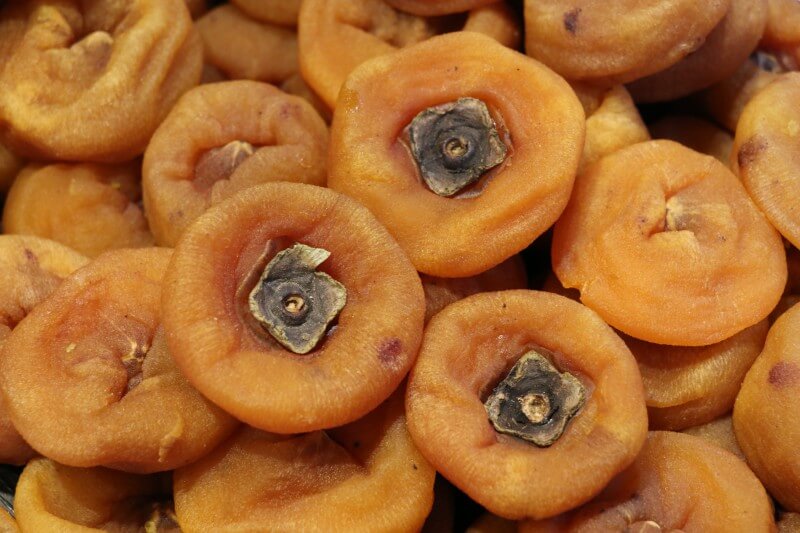
Peng Feng Tea (膨風茶)
Peng Feng Tea is also known as “Oriental Beauty Tea (東方美人茶)” or “White-Tip Oolong (白毫烏龍)”, and is one of Taiwan’s most famous types of tea. It has a distinctive aroma of ripe fruits and honey and is planted with a natural farming method.
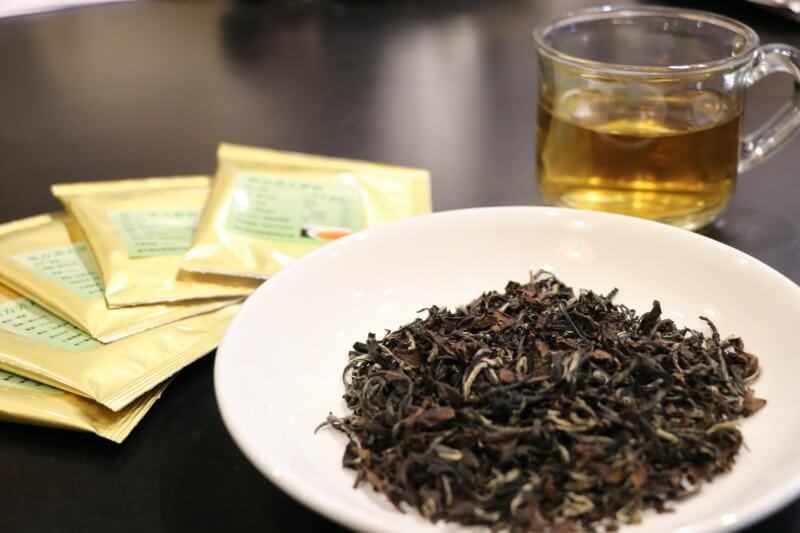
Beipu is a basin situated amidst the mountains, surrounded by overlaying mountain ranges and fogs. The soil texture here is categorized as gravel soil that offers easy water drainage. Along with cool and refreshing weather all year round and ample rainfall, Beipu possesses all the elements that planting Peng Feng Tea needs. Tea plantations are one of Beipu’s traditional industries; as local tea farmers pass down the business one generation to the next, collaborations have been made to devote research to tea-manufacturing techniques. Tea leaf contests have also been held – awarded local top-rated Peng Feng Tea has even been priced to be at more than NT$1 million per catty (jin)!
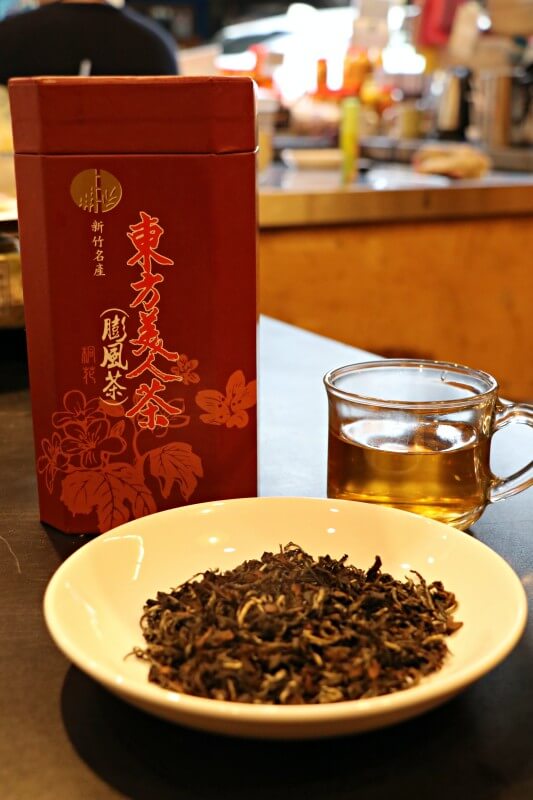
Soaked Peng Feng Tea leaves give an amber tea color, and taste mild and rounded with a charming aroma. It is believed that even the Queen of England had given high praise to the tea more than a century ago; hence it being dubbed the “Oriental Beauty”. (More about Taiwanese tea: Innovative Tea for A New Generation with Wangtea Lab)
Hakka Rice Dishes
Hakka people consider rice as their staple food. During times of poor resources, Hakka people would grind indica rice into thick slurry and make it into all kinds of “ban (粄)” or steamed rice cakes for daily consumption.
“Shui ban (水粄)” is made by steaming thick rice slurry. For savory flavor, stir-fried salty and aromatic dried radish and minced meat would be added; and for the sweet flavor, brown sugar would be blended into the slurry. In the old days, vendors would sell “shui ban” on the streets by carrying them in loads over their shoulders; and they would even cut the cakes into chunks using sliced bamboo and pop them directly into customers’ mouths. “Shui ban” is a memorable childhood treat for all the older generations in Beipu.
“Red ban (紅粄)” that wraps sweet bung bean paste is called “xin ding (newborn) ban (新丁粄)”. In the year when newborns arrive in a family, they would bring the rice cakes to pay worships to the deities at the temples during Lantern Festival. Making these cakes is called “hitting xin ding (打新丁)”; and “xin ding ban” is made in a peach shape. There is another kind of “ban” called “yi ban (蟻粄)”, where smashed Asiatic wormwood or cudweed paste are rolled into thick rice slurry – Hakka people believe that these herbs can help to cool off, detox, and relieve the body’s stress.
Hakka Pastries
Traditionally, pastries are precious foods that Hakka people only have during festivals or family celebrations. “Moonlight cakes (月光餅)” wrapped with taro and sweet potato pastes are considered feasts to be enjoyed during family gatherings over Moon Festival. On the other hand, “Zhu Qian cakes (竹塹餅)” that are mixed with red shallots, winter gourd sugar, and fatty pork, are indispensable for Hakka weddings. In the past, as family gatherings usually had large numbers of participants, pastries were made in large pieces for easier sharing. And with the change of dietary habits today, shops have now reduced their sizes and made them into easily carried souvenirs. Now you don’t have to wait till big festivals or celebrations to freely enjoy Hakka pastries. (If you like treats and pastries: Hoshing Pastry Shop: Unrolling over 70 Years of Delicious Treats)
